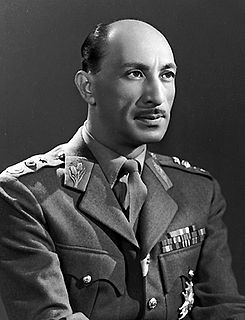This article does not cite any sources .(December 2013) (Learn how and when to remove this template message) |
The following monarchs either lost their thrones through deposition by a coup d'état, by a referendum which abolished their throne, or chose to abdicate during the 20th century or 21st century. A list of surviving former monarchs appears at the end of the article.
A monarch is a sovereign head of state in a monarchy. A monarch may exercise the highest authority and power in the state, or others may wield that power on behalf of the monarch. Typically a monarch either personally inherits the lawful right to exercise the state's sovereign rights or is selected by an established process from a family or cohort eligible to provide the nation's monarch. Alternatively, an individual may become monarch by conquest, acclamation or a combination of means. A monarch usually reigns for life or until abdication.

A coup d'état, also known as a putsch, a golpe, or simply as a coup, means the overthrow of an existing government; typically, this refers to an illegal, unconstitutional seizure of power by a dictator, the military, or a political faction.
A referendum is a direct vote in which an entire electorate is invited to vote on a particular proposal. This may result in the adoption of a new law. In some countries, it is synonymous with a plebiscite or a vote on a ballot question.
Contents
- A
- Australia
- Afghanistan
- Albania (Principality)
- Albania (Kingdom)
- Austria-Hungary
- B
- Belgium
- Bhutan
- Brunei
- Bulgaria
- Burundi
- C
- Cambodia
- Canada
- Central African Empire
- Ceylon
- China
- Croatia
- E
- Egypt
- Ethiopia
- F
- Fiji
- Finland (Grand Duchy)
- Finland (Kingdom)
- G
- Gambia
- Germany
- Ghana
- Greece
- Guyana
- H
- Hungary
- Hyderabad
- I
- Iceland
- India (British)
- India (Dominion)
- Iran (Imperial)
- Iraq
- Ireland
- Italy
- J
- Jordan
- K
- Kenya
- Korea
- Kuwait
- L
- Laos
- Lesotho
- Libya
- Lithuania
- Luxembourg
- M
- Malawi
- Malaysia
- Maldives
- Malta
- Manchukuo
- Mauritius
- Mohammerah
- Morocco
- Montenegro
- N
- Nepal
- Netherlands
- New Zealand
- Nigeria
- Norway
- O
- Oman
- P
- Pakistan
- Poland
- Portugal
- Q
- Qatar
- R
- Rhodesia
- Romania
- Russia
- Rwanda
- S
- Saudi Arabia
- Serbia
- Sierra Leone
- Sikkim
- South Africa
- Spain
- Syria
- T
- Tanganyika
- Thailand
- Tibet
- Trinidad and Tobago
- Tunisia
- Turkey (Ottoman Empire)
- U
- Uganda
- United Kingdom
- V
- Vietnam
- Vatican City
- Y
- Yemen
- Yugoslavia
- Z
- Zanzibar
- Surviving monarchs from abolished monarchies
- See also
See also: Abolished monarchy, List of current monarchs, List of non-sovereign monarchs who lost their thrones in the 20th and 21st centuries





